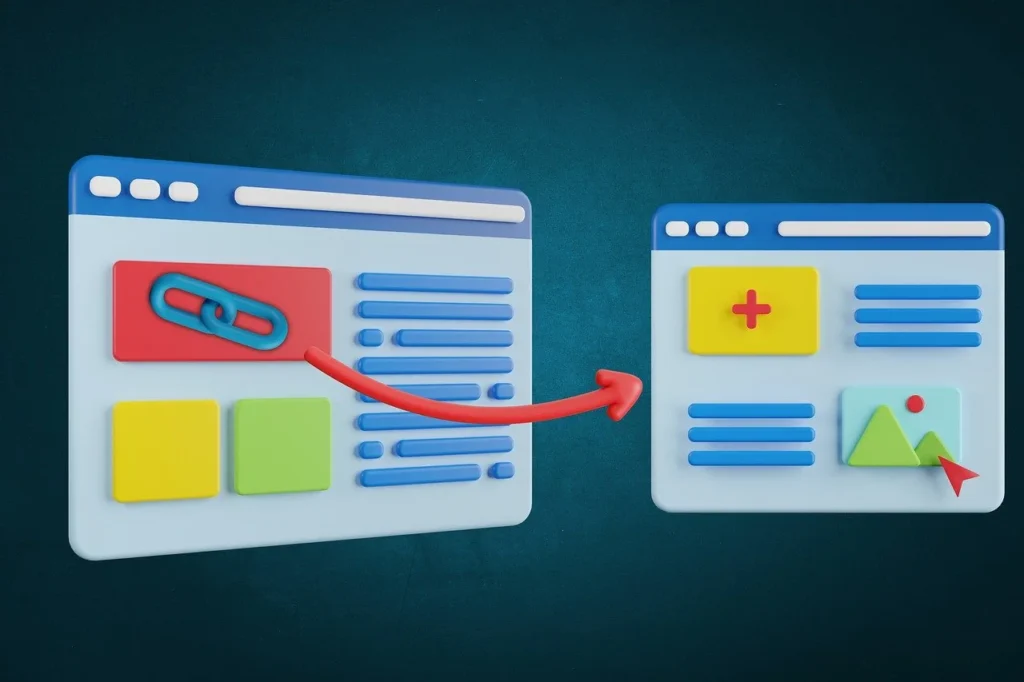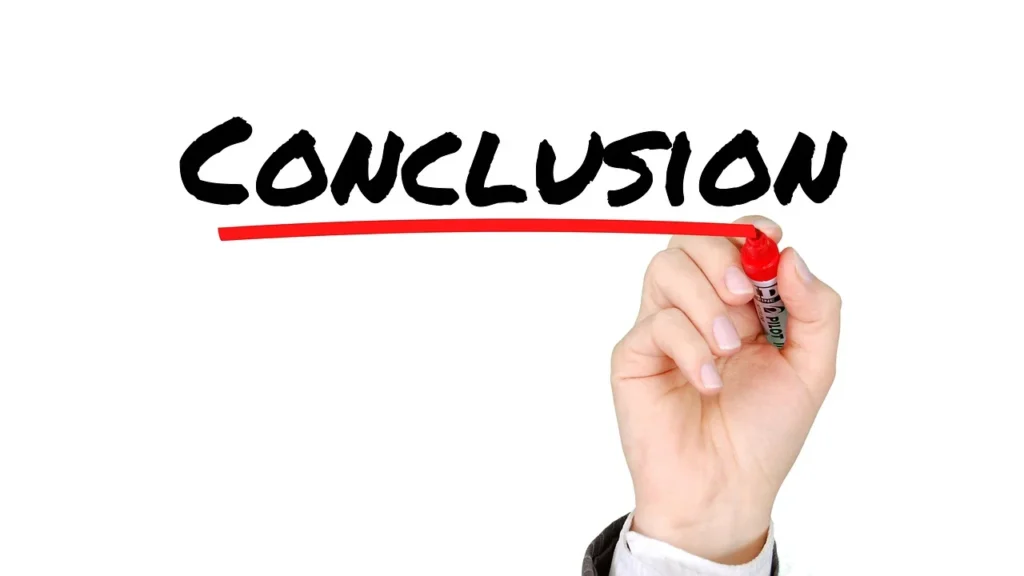
Table of Contents
- 1 Introduction
- 2 Chapter 1: The Essence of WordPress SEO
- 3 Chapter 2: Crafting Quality Content with WordPress SEO in Mind
- 4 Chapter 3: Navigating the Technical Terrain of WordPress SEO
- 5 1. Optimize Your Permalinks
- 6 2. Utilize SEO-Friendly Titles and Headings
- 7 3. Image Optimization
- 8 4. Prioritize Site Speed
- 9 Chapter 4: Building Bridges with Links for WordPress SEO
- 10 Mastering On-Page SEO: A Comprehensive Guide to Boosting Your Website’s Visibility
- 11 1. Internal Linking
- 12 2. External Linking
- 13 3. Harness the Power of Social Media
- 14 Chapter 5: WordPress SEO: A Continuous Journey
- 15 Conclusion
- 16 The Power of SEO: Elevating Your Business to New Heights
Introduction
(WordPress SEO) In the vast landscape of the internet, where millions of websites compete for attention, having a WordPress site is like having a sturdy ship. However, sailing these digital waters successfully requires mastering the art of WordPress SEO. In this comprehensive guide, we will delve into the intricacies of optimizing your WordPress website for search engine.
Chapter 1: The Essence of WordPress SEO
At its core, Word Press SEO is about ensuring that your website is easily discoverable by search engines, especially the ubiquitous Google. Imagine your website as a treasure chest, and SEO is the map that guides search engines to uncover its hidden gems.
Understanding the significance of keywords is crucial. In the case of WordPress SEO, these are phrases like “WordPress SEO tips” or “optimize WordPress website.” These keywords act as beacons, signaling to search engines that your content is relevant to users seeking information on WordPress SEO.
Chapter 2: Crafting Quality Content with WordPress SEO in Mind
Content is the lifeblood of any website, and for WordPress SEO, it’s no different. Your content should not only be engaging but also tailored to incorporate your target keywords seamlessly. This not only captures the attention of your audience but also elevates your website’s visibility in search engine results.
Consider creating in-depth blog posts, articles, and pages that provide genuine value to your readers. As search engines increasingly prioritize user satisfaction, delivering high-quality content becomes a pivotal aspect of Word Press SEO.
Chapter 3: Navigating the Technical Terrain of WordPress SEO

Now, let’s demystify the technical aspects of WordPress SEO. Don’t worry; we’ll break it down into manageable pieces
1. Optimize Your Permalinks
The URL structure of your WordPress site matters. Ensure your permalinks are concise, containing relevant keywords.
2. Utilize SEO-Friendly Titles and Headings
Craft titles that not only capture attention but also incorporate your primary keyword. Break down your content using headings (H1, H2, and H3) to enhance readability and SEO.
3. Image Optimization
Attach descriptive alt text to your images. This not only enhances accessibility for users with visual impairments but also furnishes search engines with valuable insights.
4. Prioritize Site Speed
Users and search engines alike appreciate fast-loading websites. Optimize your site’s speed by compressing images, selecting a reliable hosting provider, and leveraging browser caching.
Chapter 4: Building Bridges with Links for WordPress SEO

Link building is the process of creating connections within and outside your website. Picture your site as an island, and each link as a bridge connecting it to other islands.
1. Internal Linking
Connect various pages and posts within your WordPress site. This not only aids navigation but also distributes authority across your content.
2. External Linking
Link to reputable external sites and seek backlinks from others in your niche. This not only enhances credibility but also signals to search engines that your site is a valuable resource.
3. Harness the Power of Social Media
Social signals, such as shares and comments, contribute to your site’s visibility. Actively share your content on social media platforms, engaging with your audience and amplifying your WordPress SEO efforts.
Chapter 5: WordPress SEO: A Continuous Journey
It’s crucial to recognize that WordPress SEO is not a one-time task; it’s an ongoing journey. The digital landscape is ever-evolving, and adapting to changes is key to sustaining and improving your website’s search engine performance.
Conclusion

In mastering the art of WordPress SEO, understanding the nuances of keyword optimization, creating compelling content, addressing technical aspects, and strategically building links are essential. Remember, the journey doesn’t end; it evolves with the ever-changing algorithms and user behaviors. Implement these WordPress SEO strategies, and watch your website rise in the ranks, becoming a beacon in the vast ocean of the internet.



Pingback: Sandbox Effect 101: Navigating SEO Terrain with the Sandbox Effect